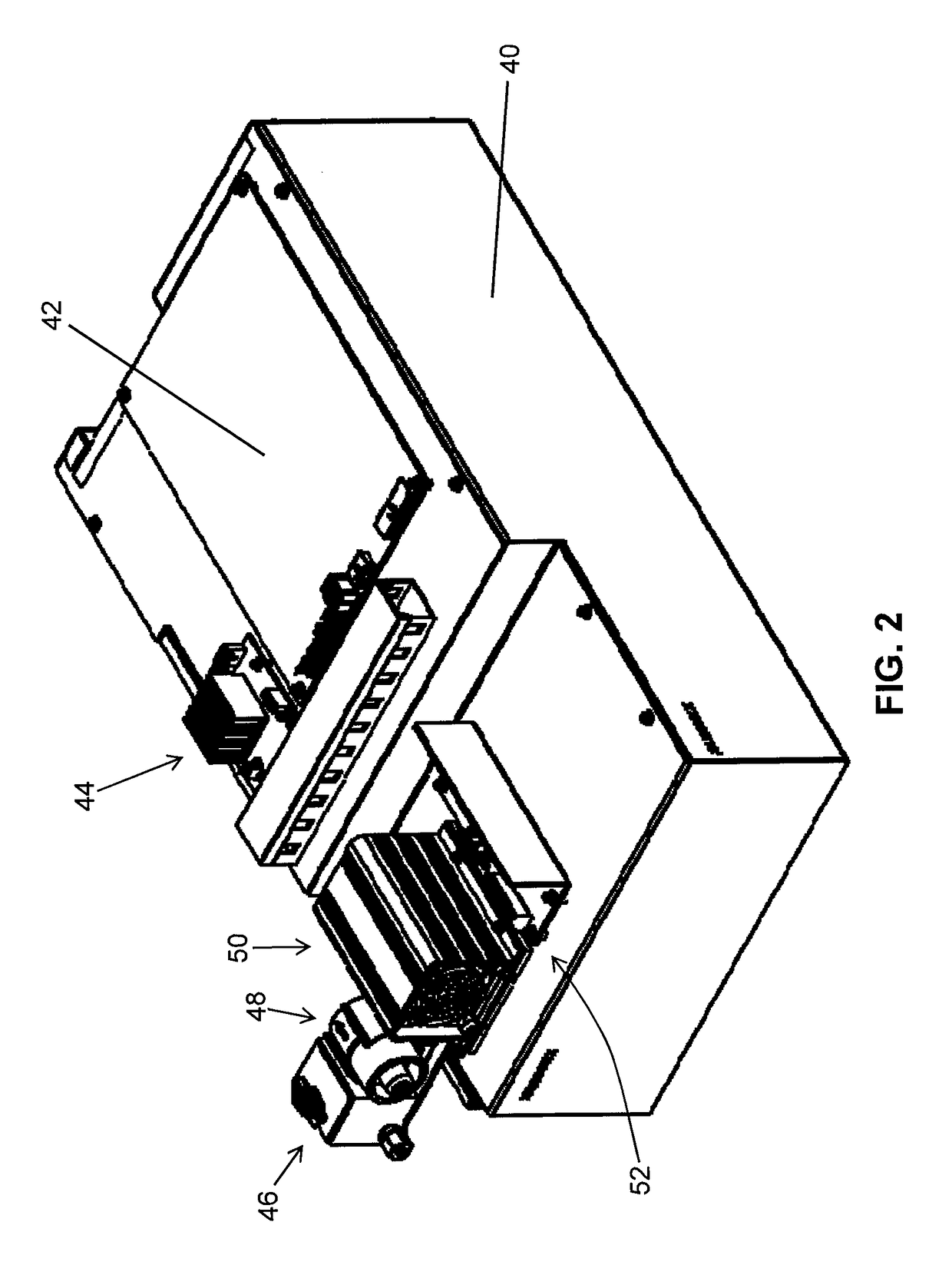High-accuracy mid-IR laser-based gas sensor
a gas sensor, high-accuracy technology, applied in the field of gas sensors, can solve the problems of inability to achieve the required accuracy level of ir spectroscopic sensor technology such as non-dispersed infrared absorption-based instruments, inability to add consumables, size and cost to the sensor, and inability to achieve the required accuracy level, etc., to achieve high accuracy, superior choice, and high accuracy
- Summary
- Abstract
- Description
- Claims
- Application Information
AI Technical Summary
Benefits of technology
Problems solved by technology
Method used
Image
Examples
Embodiment Construction
[0053]The following description is presented to enable any person skilled in the art to make and use the invention, and is provided in the context of a particular application and its requirements. Various modifications to the described embodiments will be readily apparent to those skilled in the art and the generic principles herein may be applied to other embodiments. Thus, the present invention is not intended to be limited to the embodiments and examples shown but is to be accorded the widest possible scope in accordance with the features and principles shown and described. To appreciate the features of the present invention in greater detail, please refer to FIGS. 1-16 in conjunction with the following discussion.
System Configurations
[0054]FIG. 1 is a set of external views—including perspective, front and rear views—of a gas sensor system in accordance with the present teachings. The illustrated gas sensor system 10 includes a chassis 12 that houses internal electronics, compute...
PUM
| Property | Measurement | Unit |
|---|---|---|
| pressure | aaaaa | aaaaa |
| wavelengths | aaaaa | aaaaa |
| temperature | aaaaa | aaaaa |
Abstract
Description
Claims
Application Information
 Login to View More
Login to View More - R&D Engineer
- R&D Manager
- IP Professional
- Industry Leading Data Capabilities
- Powerful AI technology
- Patent DNA Extraction
Browse by: Latest US Patents, China's latest patents, Technical Efficacy Thesaurus, Application Domain, Technology Topic, Popular Technical Reports.
© 2024 PatSnap. All rights reserved.Legal|Privacy policy|Modern Slavery Act Transparency Statement|Sitemap|About US| Contact US: help@patsnap.com










